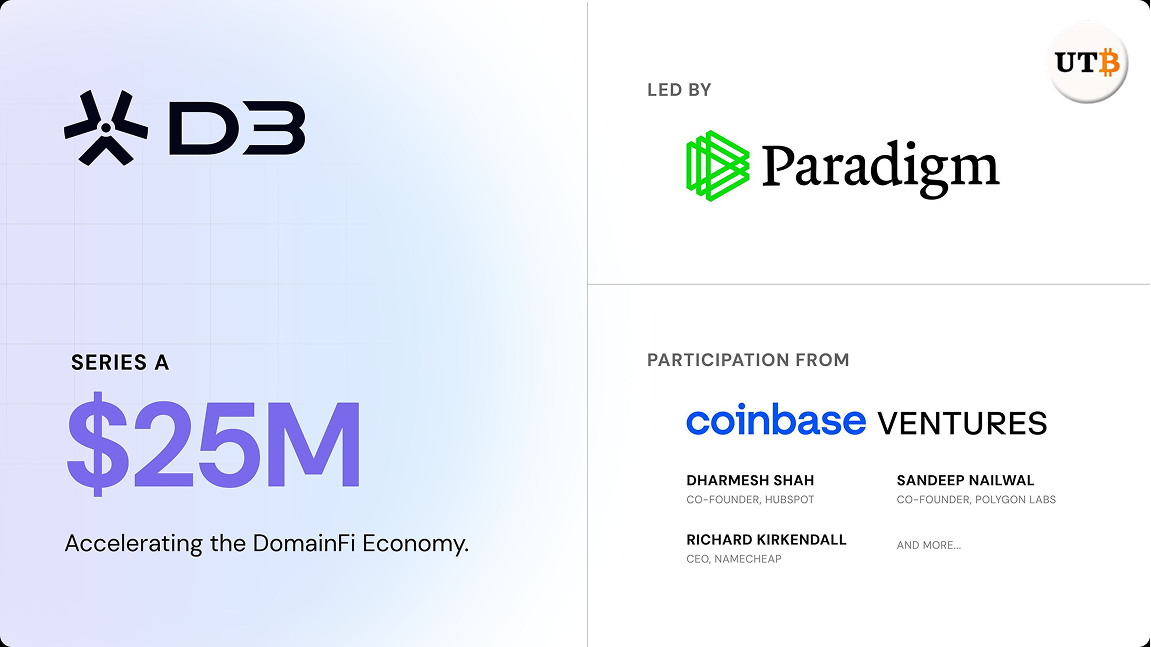Key Takeaways
- BNB Chain derivatives DEX Aster fully reimbursed traders who suffered losses from an XPL perpetual market glitch that briefly drove the token’s price to nearly $4, triggering unexpected liquidations.
- The glitch was caused by a technical error involving a misconfigured price index that treated XPL, the native token of the Plasma layer-1 network, like a stablecoin.
- Despite the technical hiccup, Aster has been driving record-breaking perpetual DEX volumes, reaching $46 billion on one day and pushing the overall market past $100 billion, though skepticism remains about airdrop-driven “incentive farming.”
Aster, a decentralized derivatives exchange on BNB Chain, has swiftly resolved a technical crisis by fully reimbursing traders affected by a pricing glitch in its Plasma (XPL) perpetual contract market.
The error caused XPL futures to briefly spike to nearly $4, a massive deviation from the market price of around $1.30, resulting in unexpected liquidations and fee charges for many users.
Aster’s rapid response, which included assurances that all funds were safe and the distribution of compensation within hours, demonstrated a high level of operational maturity in the highly leveraged world of decentralized finance (DeFi).
The Technical Glitch and Aster’s Swift Compensation
The root cause of the glitch incident was identified as a misconfigured index price that was “hard-coded at $1,” as if the XPL token were a stablecoin. When the exchange lifted a temporary cap on the mark price without correcting this underlying index, the system incorrectly registered the price spike.
This technical flaw created a significant price discrepancy between Aster and other exchanges, leading to the liquidation of positions that would have otherwise remained solvent.
In a move that reassured the community, Aster not only promised compensation but delivered it promptly. The reimbursements for liquidation losses were distributed to affected accounts, followed by a second round of compensation that covered both the trading and liquidation fees.
Record Trading Volume Amid Incentive Farming
The glitch occurred amidst an aggressive growth period for Aster, which is rapidly reshuffling the leaderboard of decentralized perpetual exchanges. The platform recorded $46 billion in volume on Friday alone, contributing to a record overall daily perpetual decentralized exchange (DEX) volume that surpassed $104 billion.
This surge in activity has allowed Aster to dwarf competitors such as Hyperliquid and Lighter in daily volume, marking a fourth straight day of record highs for the sector. At the time of writing, Aster’s open interest stood at a robust $1.15 billion.
However, the explosive growth has not been without scrutiny. Community members have voiced concerns that the volume surge is artificially inflated by airdrop incentives—a practice known as “incentive farming.”
Final Thoughts
Aster’s swift reimbursement after the XPL glitch successfully mitigated a crisis, showcasing a responsible response to a technical failure. While the Aster’s platform record-breaking volumes signal massive interest in decentralized derivatives, the long-term sustainability of this growth will depend on converting its incentive-driven activity into genuine, sustained market conviction.
Frequently Asked Questions
What caused the XPL price spike on Aster?
The price spike was caused by a technical glitch where a misconfigured price index, hard-coded at $1, incorrectly processed the XPL token, causing a massive price discrepancy when a mark price cap was lifted.
What is “incentive farming”?
Incentive farming is a strategy where traders generate high trading volumes to earn points or rewards, making them eligible for a potential future token airdrop from the protocol.
What is the XPL token?
XPL is the native token of Plasma, a layer-1 network optimized for stablecoins, which is backed by major industry figures like Peter Thiel and Tether CEO Paolo Ardoino.






